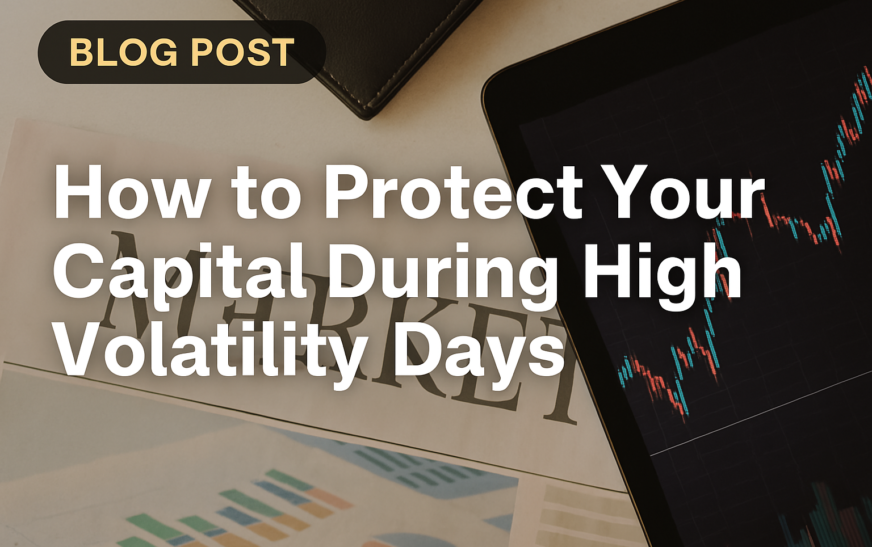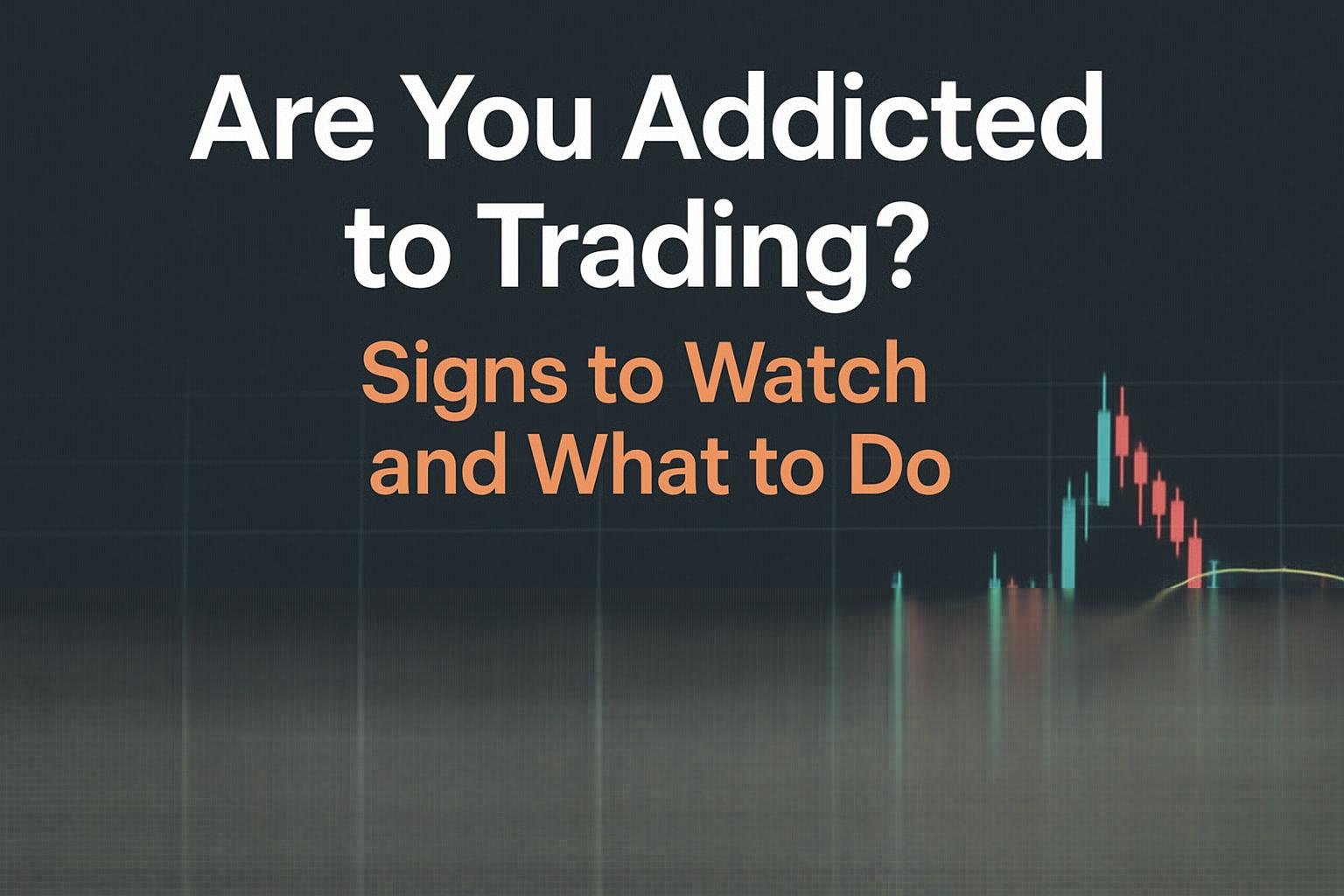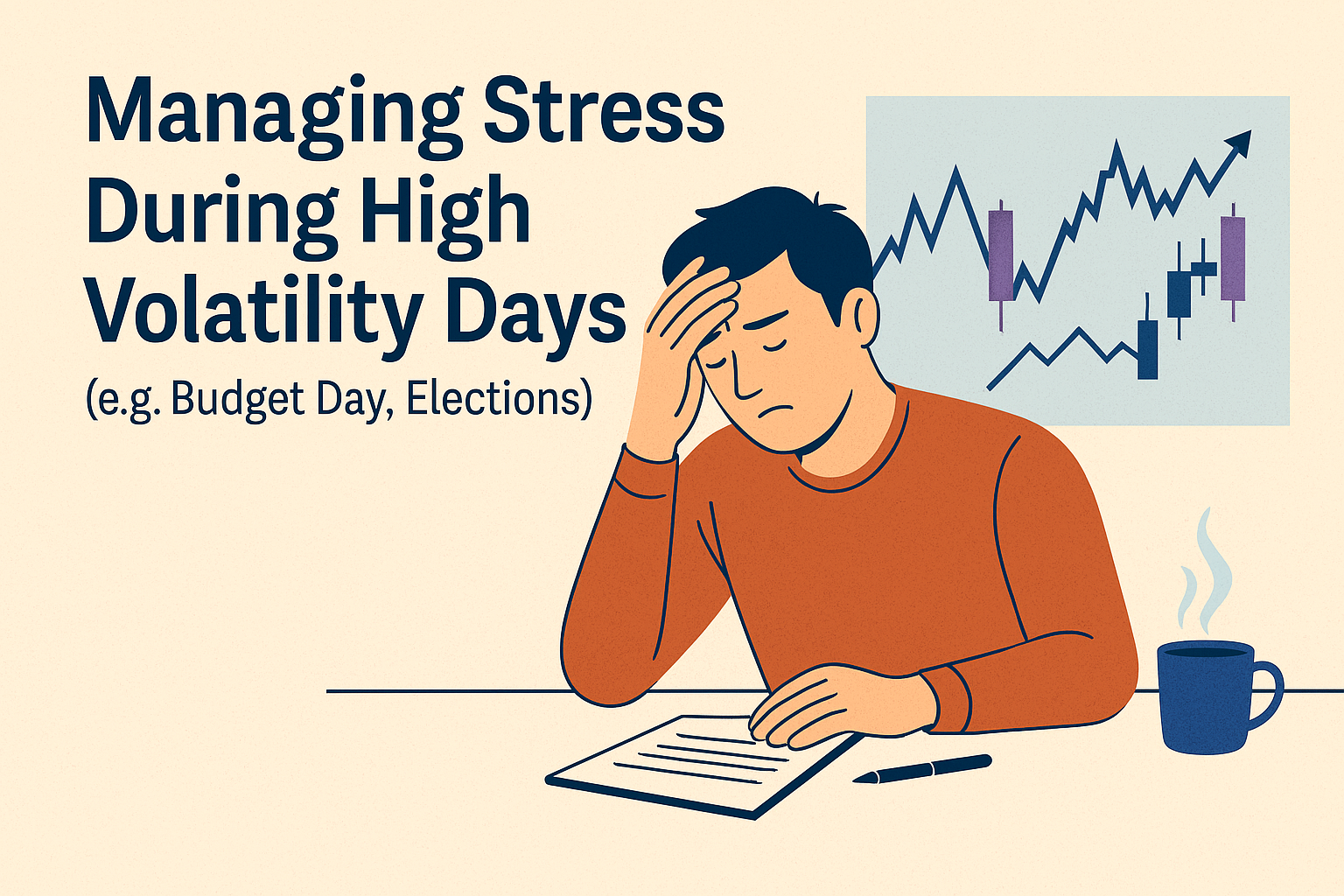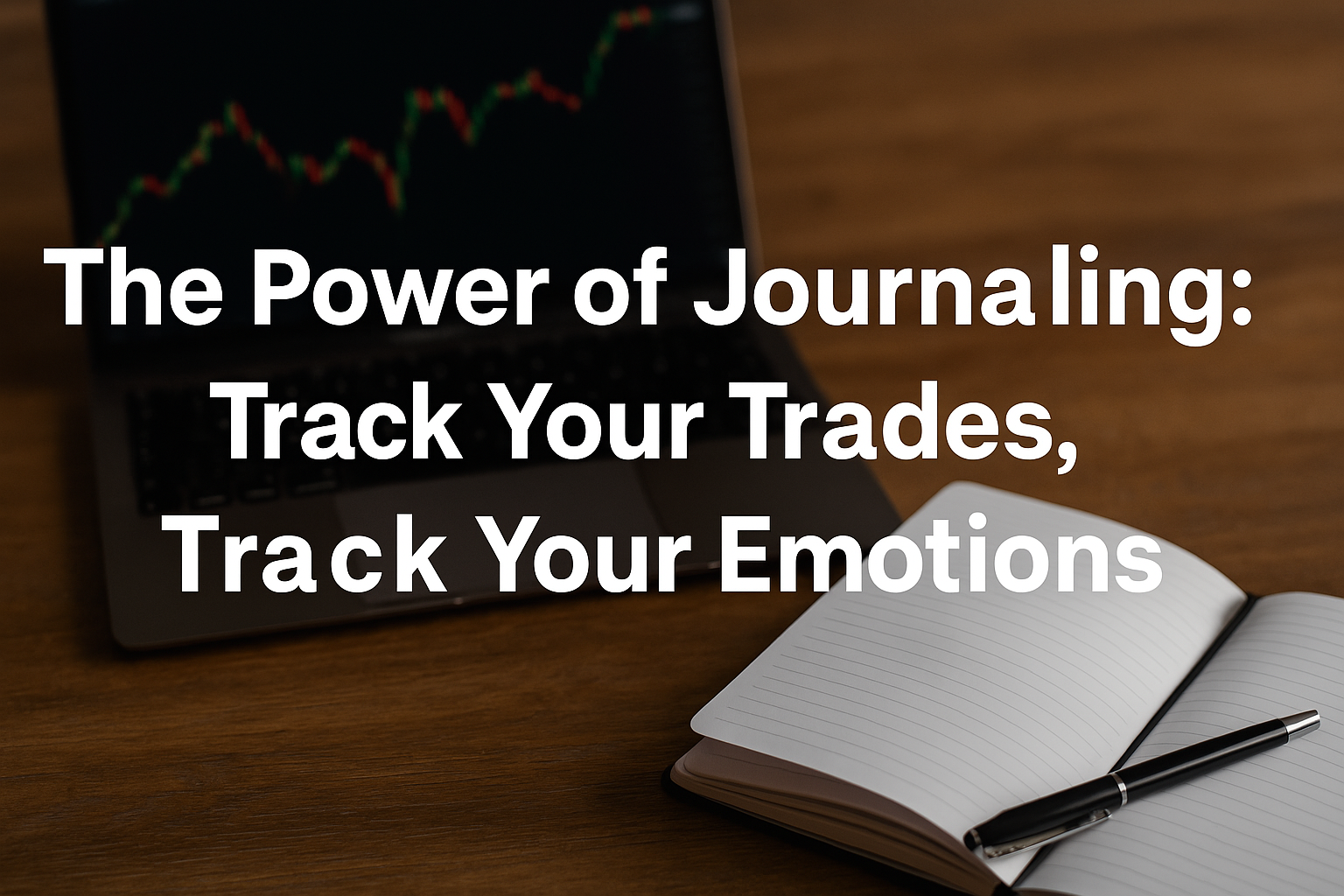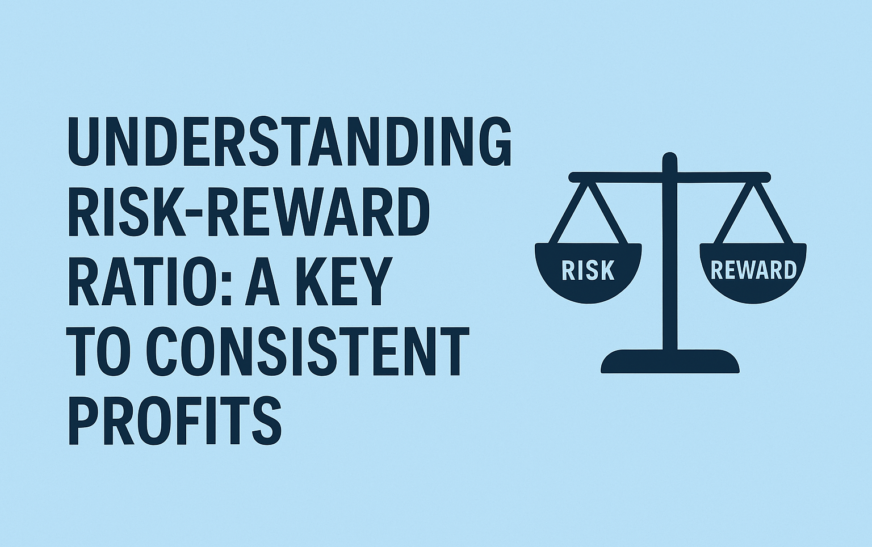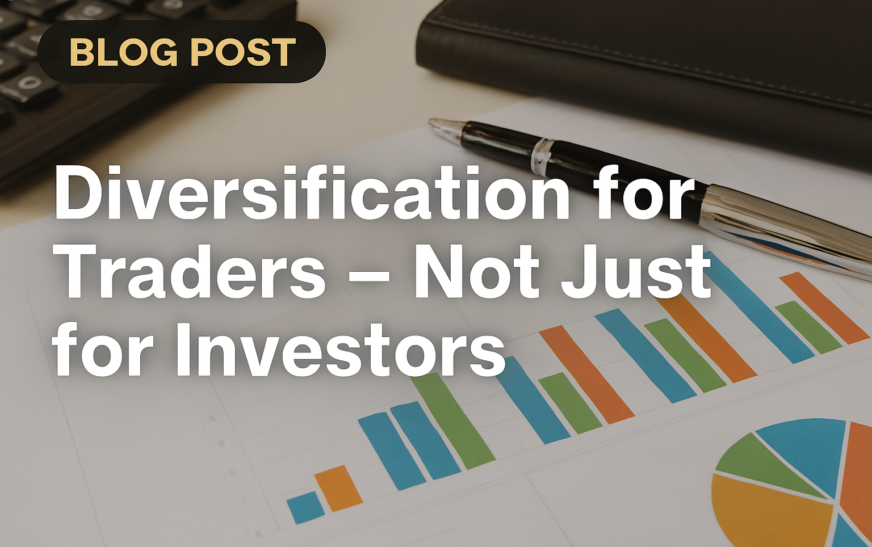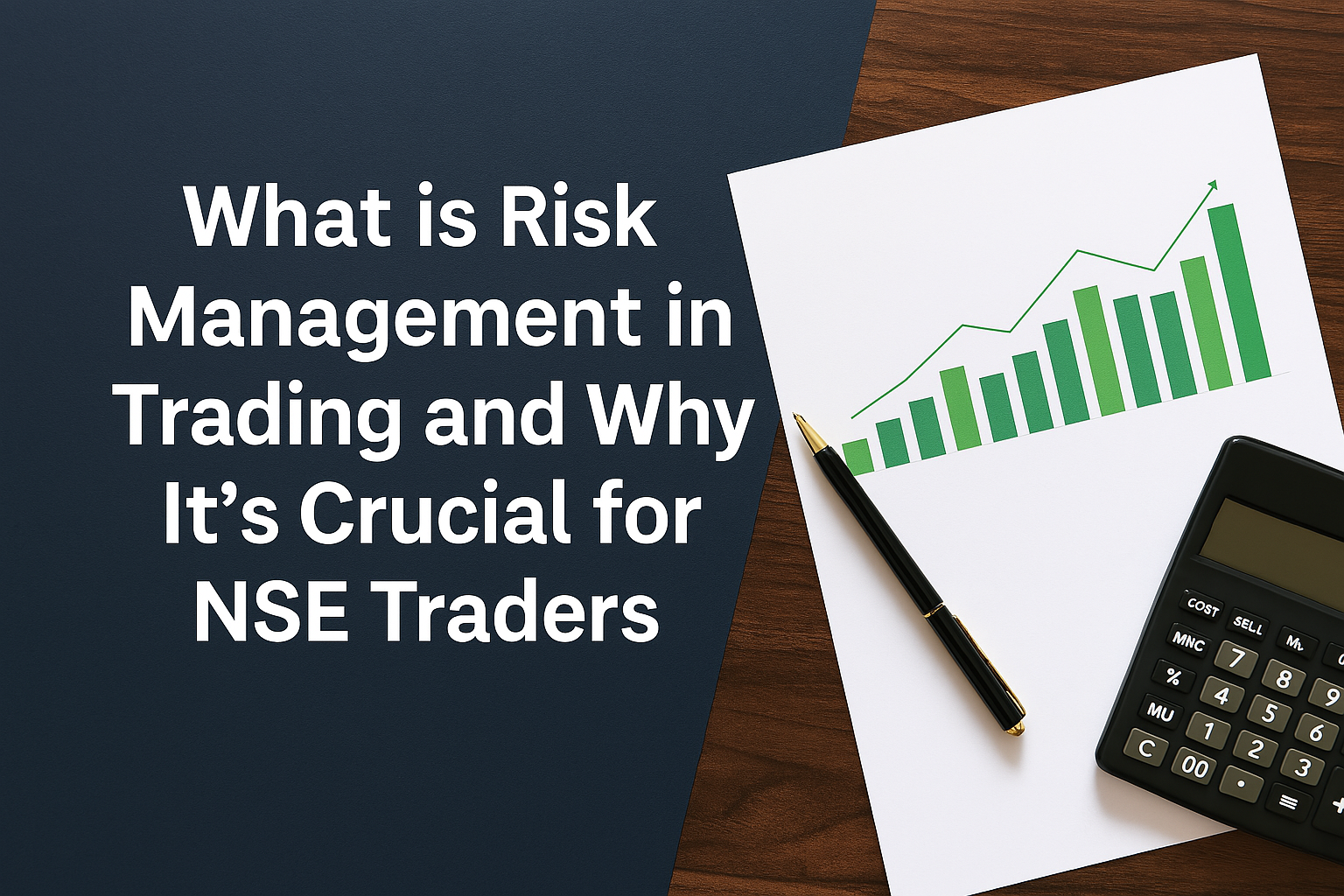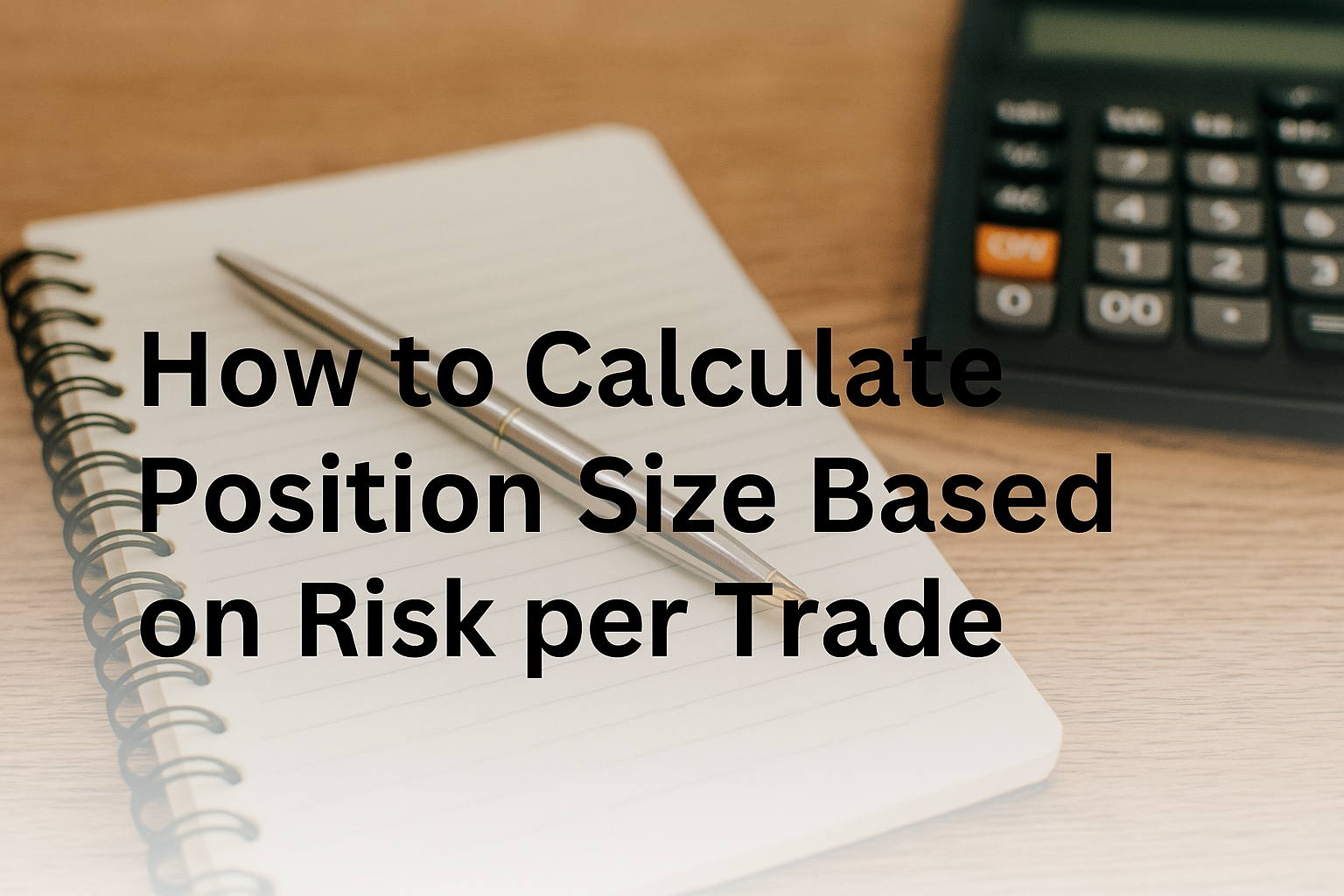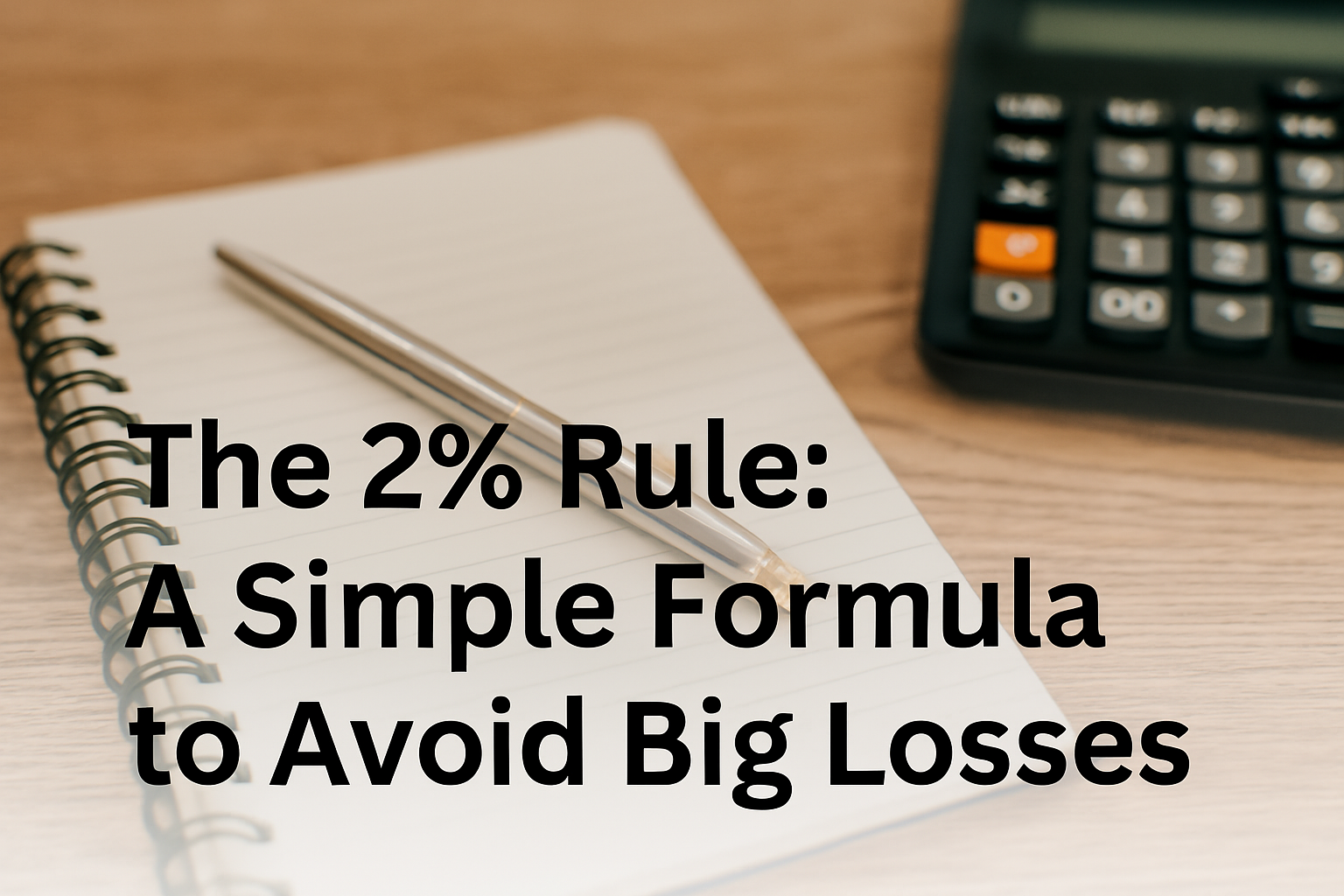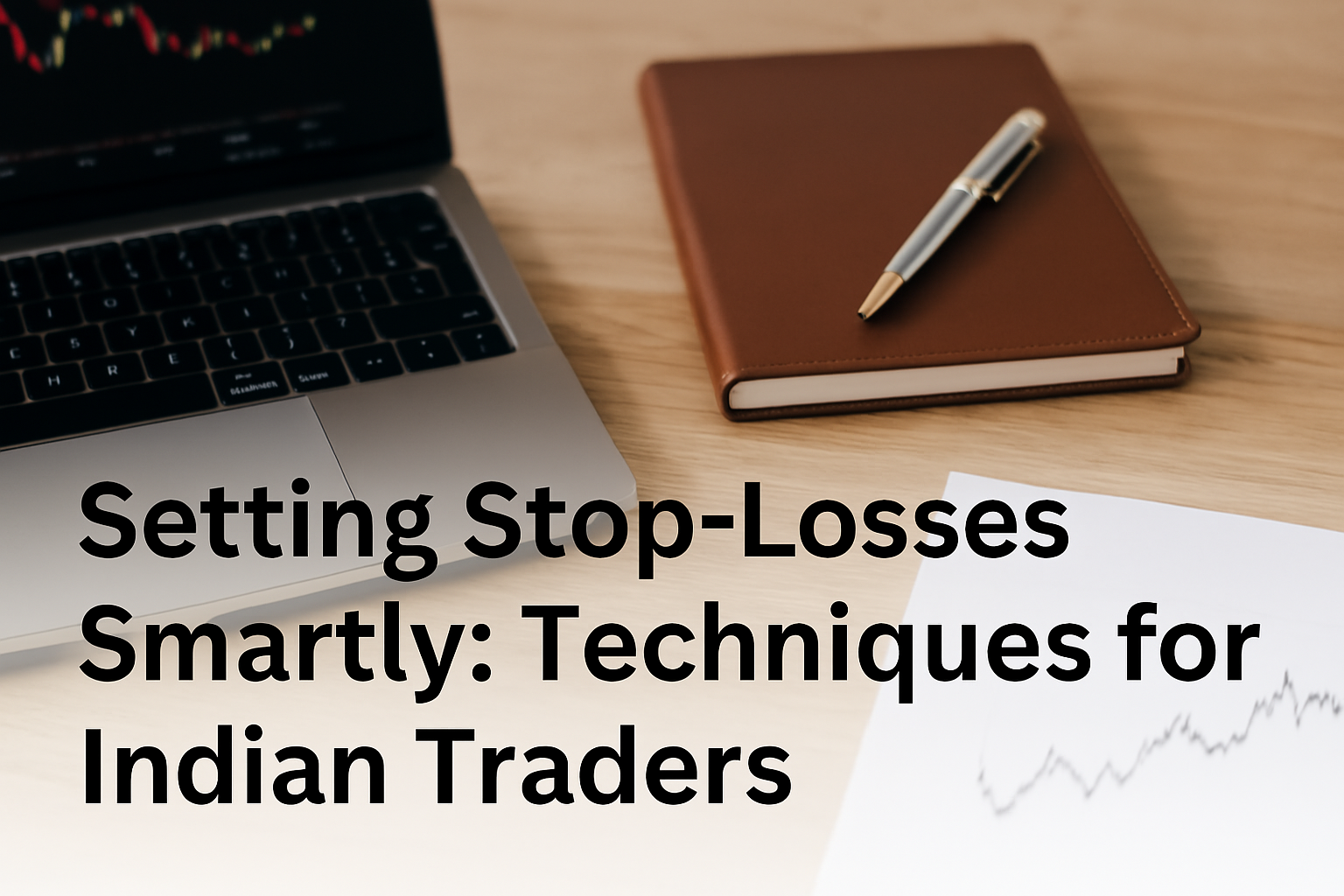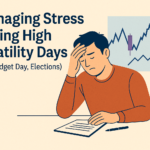Introduction
Market volatility can be both a trader’s best friend and worst enemy. While sharp moves offer opportunities, they also increase the risk of rapid losses. Without a plan, traders often fall into emotional decision-making that leads to capital damage. On volatile days—triggered by events like earnings, budget announcements, or global news—protecting your capital becomes the top priority.
Why Volatile Days Are Risky
- Unpredictable price swings can hit both stop-loss and profit targets within minutes
- Slippage and poor order execution increase, especially in options and futures
- High emotional pressure causes traders to overreact or abandon plans
- Spread widening in low liquidity moments can lead to unintended losses
Key Strategies to Protect Capital
1. Reduce Your Position Size
Smaller trades help you stay emotionally stable and reduce the damage if a trade goes against you.
2. Use Tighter Risk Controls
On high-volatility days, risk even less than your usual amount (e.g., 0.5–1% instead of 2%).
3. Set Hard Stop-Losses and Stick to Them
Avoid the temptation to widen or remove stops. Define your exit in advance and respect it.
4. Avoid the First 15–30 Minutes of Market Open
Let the initial volatility settle before taking positions. Early trades often trigger false signals.
5. Focus Only on High-Conviction Setups
Be selective. Volatile days are not for experimenting or forcing trades. Trade only the setups you know well.
6. Limit the Number of Trades
More trades don’t mean more profits. Stick to 1–3 high-quality trades at most.
7. Take Breaks Between Trades
Avoid back-to-back losses by taking a pause. It helps you re-evaluate with a clear mind.
8. Monitor News and Key Events
Stay updated with scheduled announcements like RBI decisions, Fed meetings, or corporate earnings, which can trigger sharp moves.
Mindset Tips for Volatile Days
- Accept uncertainty – It’s okay to sit out the market if conditions feel unstable
- Don’t chase missed moves – FOMO leads to poor entries and unnecessary risk
- Focus on survival, not performance – Your goal is to come out of the day with your capital intact
Example Risk Control Plan
| Condition | Action |
|---|---|
| Capital at risk in a trade | Max 0.5–1% |
| Maximum trades per day | 3 |
| Stop trading if… | 2 losses in a row or -2% capital |
| Entry criteria | Only if setup matches strategy 100% |
| Emotions feel unstable | Take a break or stop for the day |
Conclusion
Volatility doesn’t guarantee profits—it magnifies both risk and reward. Successful traders don’t just chase moves, they protect their capital first. By managing risk, staying selective, and staying calm under pressure, you give yourself the edge on volatile days. Remember: surviving volatility is a skill—and mastering it sets you apart.

